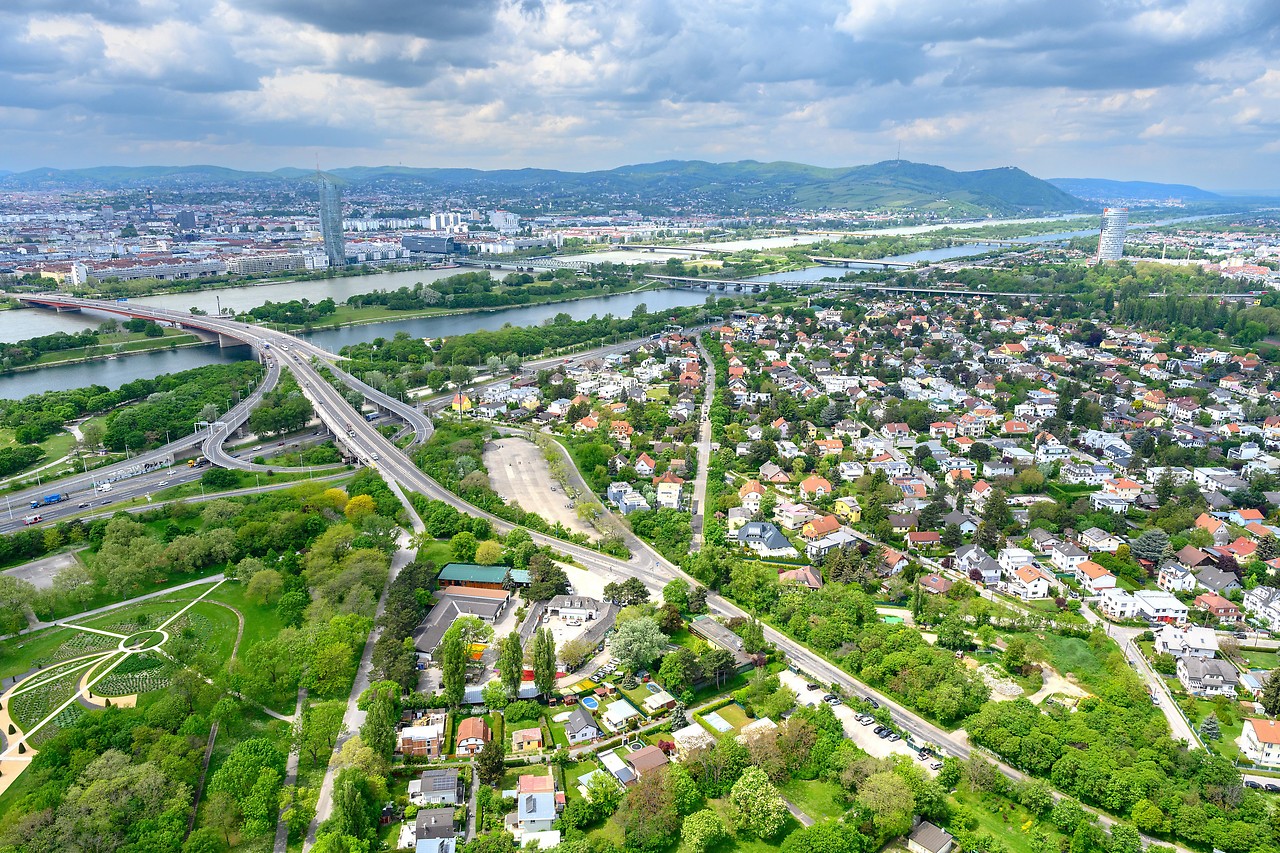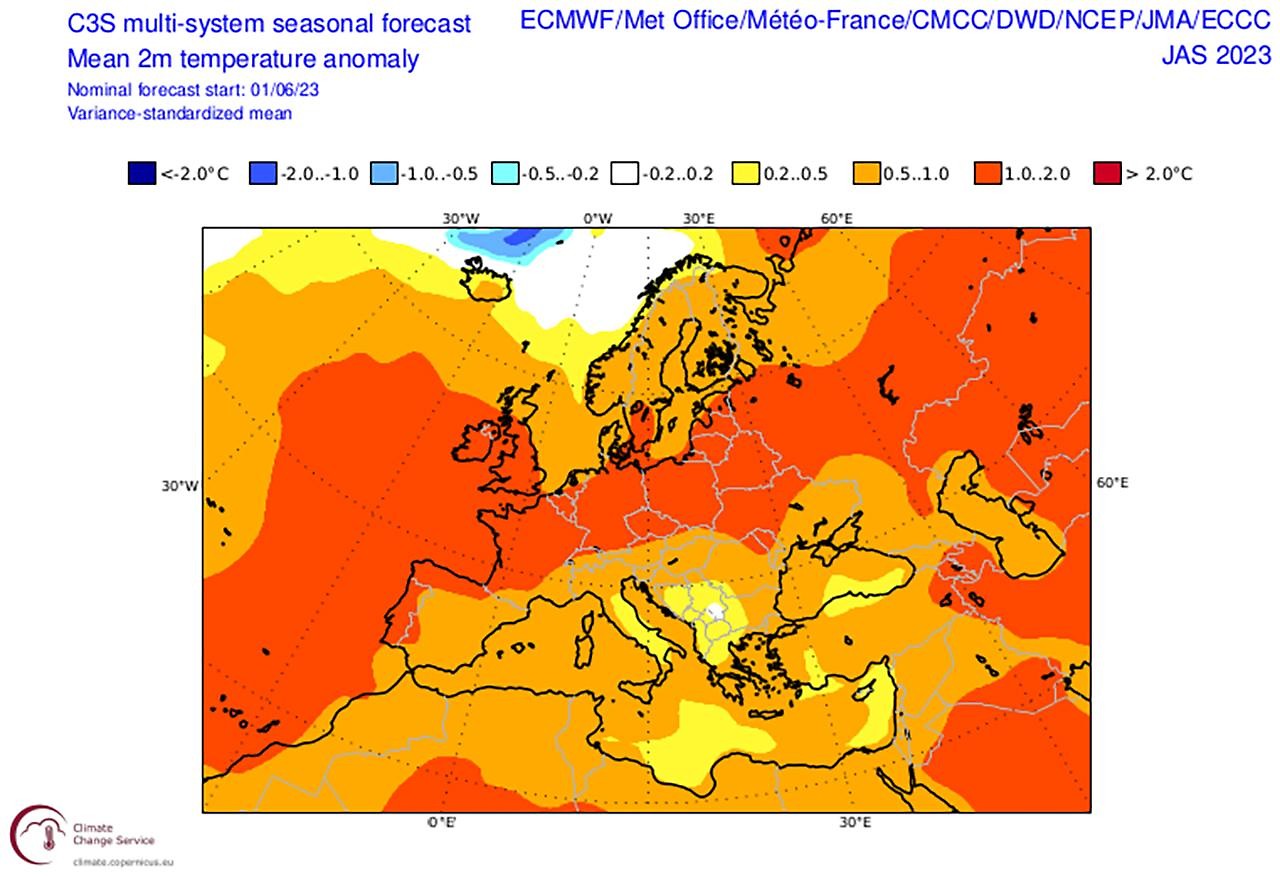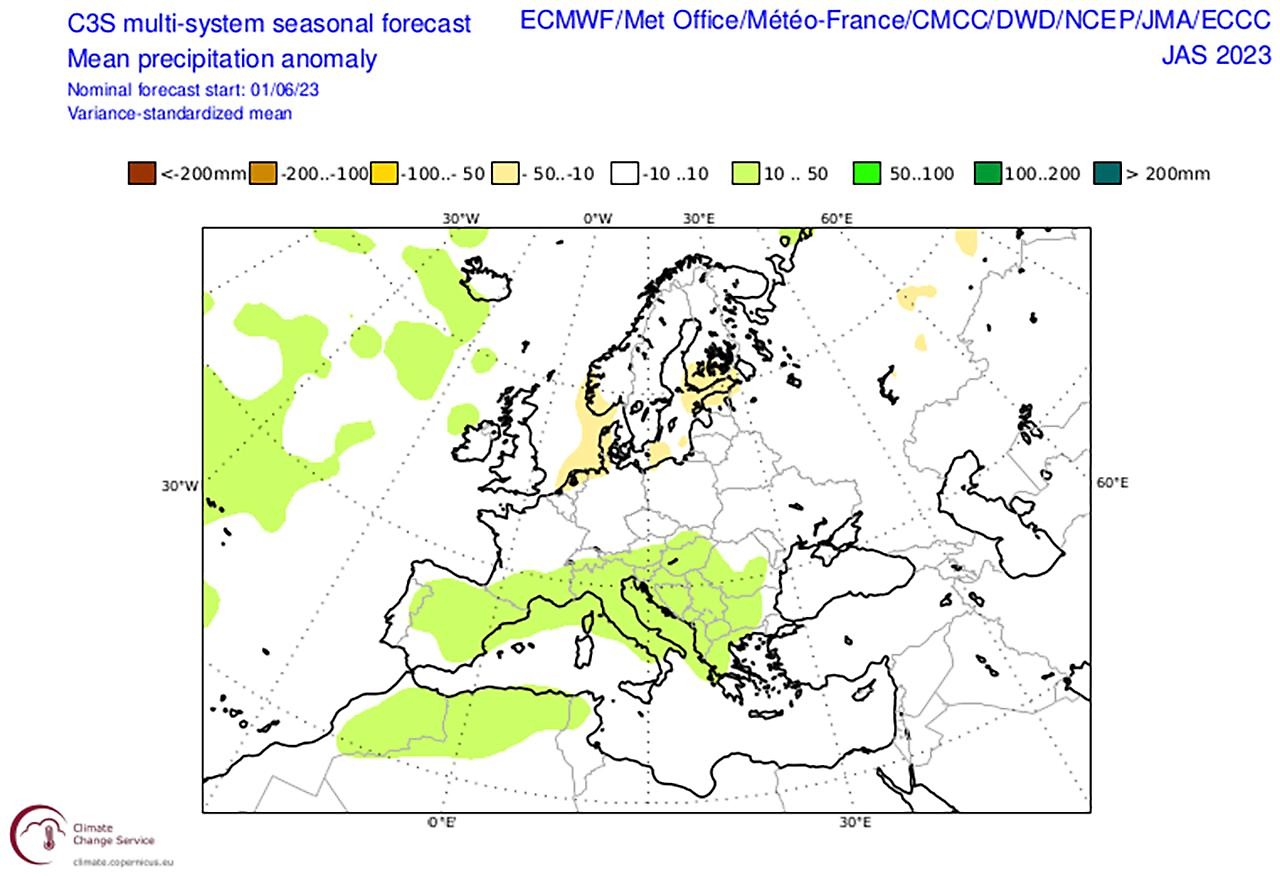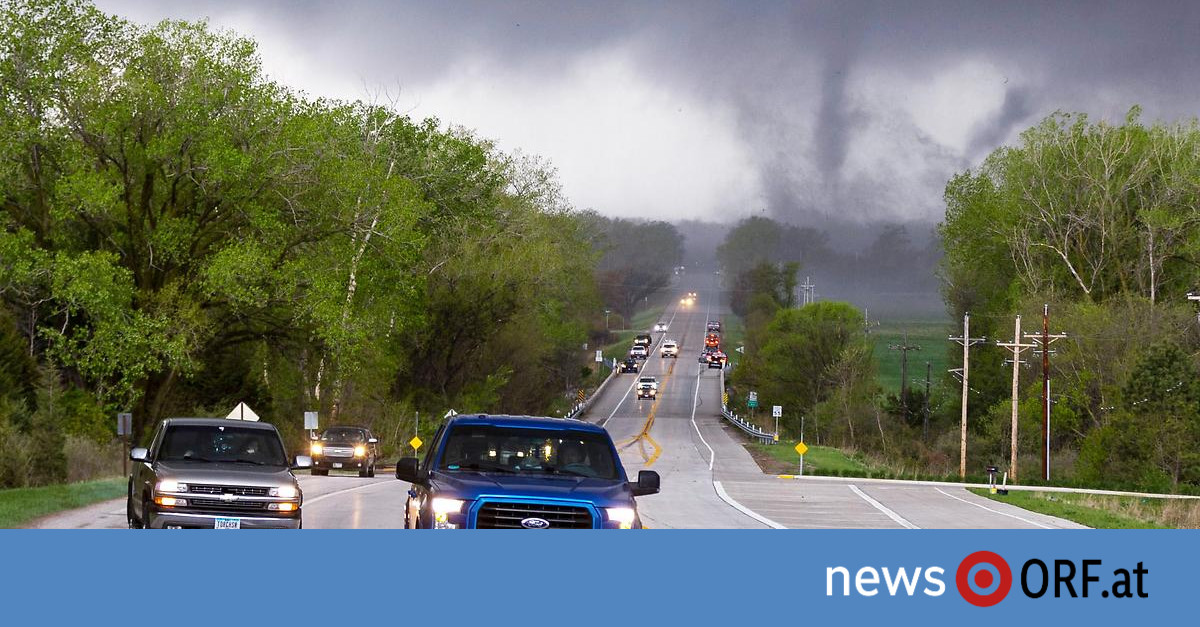Until now, you can count the number of days of swimming in Austria on one hand. In the eastern half of the country in particular, there have been frequent torrential rains and thunderstorms over the past few days, flooding basements and basement corridors and keeping many fire brigades on edge. Hail insurance reported damage to agriculture in the millions.
Rainfall records have been broken at some GeoSphere Austria weather stations, for example in Wels/Schleißheim (Upper Austria), Bad Radkersburg (Styria) and Bruckneudorf (Burgenland). In Wales, a thunderstorm at the start of the week brought flows of 125 liters per square metre, a new daily high. Most of the rain fell in just a couple of hours, which has never happened here before.
Heavy rain as a sign of the climate crisis
An increase in heavy rainfall is a feature of the climate crisis, because warmer air absorbs more water vapor and rain can be more productive. Northern Burgenland can also sing a song about it. The area around Bruckneudorf and Parndorf has recently been hit by heavy rain several times. More than 190 liters of rain per square meter fell this week, making June the wettest month since measurements began more than 80 years ago.
Lake Neusiedl has benefited from the rains and has recovered a bit, starting summer just above last year’s record minimum. The lake has risen more than 25 cm since April. With the current water level of 115.25 cm above the Adriatic Sea, there is still a 30 cm gap from the average water level at this time of year.
30 degrees late rarely
Austria has so far been spared from the heat. From temperatures of 30 degrees, meteorologists talk about a hot day. This threshold has not been reached or exceeded this year. 29.2 degrees in Verlach and Vienna are the highest values so far. But there were few summer days, Innsbruck being the place with the most 17 days above 25 degrees.

No suitable climatic conditions have been set yet, and there is no stable high-pressure weather that would allow the heat from the south to reach us. Even in the Mediterranean region, the past few weeks have been unstable and hot. Rome has only had one 30-degree day this year. On the other hand, it rained frequently in Italy and a severe drought ended.
On average, it becomes hot for the first time in Austria in mid-May, and this date has been pushed forward in recent decades by man-made global warming. Last year it was already May 11 in Innsbruck, in 2018 the thermometer in Salzburg already showed 30 degrees on April 20. It is already clear that the first hot day in Austria in more than 30 years has not been such a long time.
Copernicus predicts a hot summer
The temperature rose in other parts of Europe for the first time this week. More than 30 degrees were measured in Poland on Wednesday, in Germany on Thursday for the first time this year, and in the Netherlands, Belgium and the French capital, Paris, on Friday. However, the heat still gives Austria a wide berth, and next week temperatures will drop slightly before rising again the following week. By the way, in 1989 it was not hot for the first time until July 2 in Austria.
No conclusions or directions about the further course of the summer can be drawn from the rather cautious and bumpy start. Instead, weather models’ seasonal forecasts show an above-average summer. The European Union’s Copernicus Climate Change Service (C3S) latest forecast, released on Saturday, calculates above-average temperatures for nearly all of Europe.

Accordingly, the months of July, August and September are expected to be 1-2 degrees warmer in large parts of the continent compared to the average for the years 1993 to 2016. Significantly higher than normal temperatures are also expected in Austria. Last year’s summer in Europe was the hottest on record, resulting in severe droughts, numerous wildfires, and falling river levels. Alpine glaciers have lost more than five cubic kilometers of ice and the World Health Organization said at least 15,000 additional deaths were due to the heat.
More rain in the south, less in the north
It is not yet possible to estimate what consequences this summer may have. In terms of precipitation, the models show more rain than usual in the coming months from Spain to Italy to the Balkans, and according to Copernicus’ forecasts, it will also continue to rain wetter in Austria. In contrast, less than normal precipitation is expected around the North Sea and the Baltic Sea.
This weather pattern has really established itself in recent weeks. As a result, eastern Germany is already experiencing a severe drought, and it hasn’t rained heavily in Berlin for a month. Currently, there is a high risk of forest fires in Poland and Lithuania, and drought threatens crops here.

It’s hard to say exactly what summer will look like, and seasonal forecasts should be approached with a certain amount of caution. After all, they reflect an average value over a longer period of time or a deviation from it and do not account for specific weather conditions for individual days. But a look at the stats and the climate trend also shows that anything but a warm summer would be a surprise.
Severe weather
Although individual extreme events cannot be directly traced to a specific cause, according to the Intergovernmental Panel on Climate Change, it is clear that extreme weather events such as floods, storms, and heat are becoming more frequent and intense as a result of the climate crisis.
Previous records are now average
Summers in Austria have been getting hotter and warmer since the 1990s, and this trend has only picked up since the turn of the millennium. The last ten summers in Austria have been about three degrees warmer than they were in the 1970s.
The warmest summers in Austria have all been in the recent past: 2003 and 2019 are in first place, 2015 is in third place, and the summer of 2022 is in fourth place. The number of hot days above 30 degrees per year has doubled or tripled in recent decades. What used to be a record is now an average.

“Food practitioner. Bacon guru. Infuriatingly humble zombie enthusiast. Total student.”







More Stories
Pope Francis visits the Venice Art Biennale
Madrid is on its feet: supporters want Sanchez to stay
Severe damage after several hurricanes in the United States